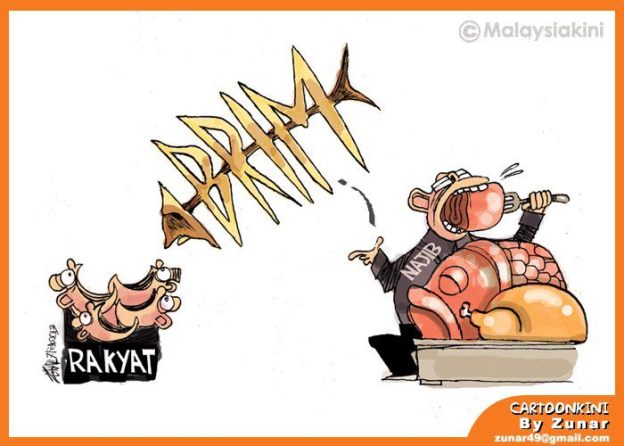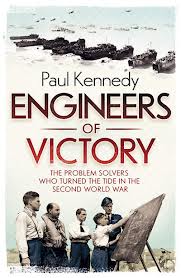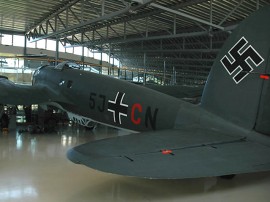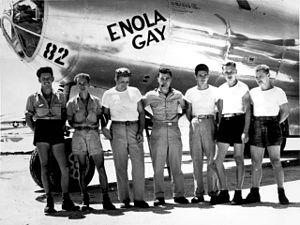 KUALA LUMPUR, Feb 10
KUALA LUMPUR, Feb 10 Uncertainty hangs over Tan Sri Khalid Ibrahim's domestic destiny in Selangor as sources in Pakatan Rakyat (PR) have indicated which the first-term mentri besar could lose his post even if the agreement retains the state in Election 2013.
The PKR care has so far refrained from confirming if Khalid would be selected to urge his seat, in light of growing annoy in between locals who purportedly perspective the statesman as an "absent" representative.
The Malaysian Insiderunderstands the celebration care had also, during the single point, considered dropping Khalid as the Ijok claimant following concerns which the mentri besar could lose the seat.
"Locals see him as an absent representative, which he is never around so there is the perception. Sometimes you understand which he is the MB though even his people have been never around so it's hard to work upon the ground," the high ranking PR personality toldThe Malaysian Insider.
Talks which Khalid would be forsaken initial surfaced when PKR de facto personality Datuk Seri Anwar Ibrahim voiced in Oct final year which the former would sojourn as PKR's Bandar Tun Razak parliamentary claimant though did not state if Khalid(picture)would urge Ijok.
The announcement fuelled guess which the celebration was formulation to replace him with current PKR deputy boss Azmin Ali, who had purportedly vied for the post.
It additionally invited accusations which to placate Khalid, Anwar would guarantee him the federal post should the PR wrest Putrajaya.
"Did he state if Khalid would competition for Ijok? No he did not. Yo! u can ma ke your own assumption," pronounced the single PKR senior manager who spoke upon condition of anonymity.
PKR secretary-general Datuk Saifudin Nasution, who sits upon the party's claimant inventory committee, dismissed the gossip as baseless though did not endorse if the party's devise to revamp the Selangor state-level line-up would bar Khalid.
"I am really aware of each detail as well as there was no such thing. The party's committee upon candidacy chaired by Anwar is still engaging state turn leaders upon this matter," he toldThe Malaysian Insiderwhen asked to determine claims which PKR had once considered dropping Khalid from Ijok.
Spurring rumours of Khalid's dismissal have been problems afflicting the internal PKR machinery.
Sources pronounced Khalid has not been means to debate effectively following the ongoing animosity in between him as well as key debate staff members, which has purportedly left the machine near-paralysed.
There were talks which internal leaders had refused to cooperate after Khalid rejected their final for "payment" in lapse for their loyalty, as well as claims which Khalid's bad communication skills as well as "arrogance" had triggered the rift.
PKR's Ijok machine arch staff Abdul Rahman Umar shrugged off the allegations though certified which the senior manager care has nonetheless to endorse if Khalid would competition for the chair again.
"There is no confirmation...but you did commission Tan Sri Khalid for Ijok," he toldThe Malaysian Insider.
Abdul Rahman, the renouned internal figure well well known as Cikgu Rahman, explained the perception which the machine was not with Khalid might have come from the dump in the debate gait since April fi! nal year after there was no indication which elections would be held final year.
"Now you know the elections is near you have start working. Ijok is the tiny kampung (countryside) community. They will help. When the time comes they will help," Abdul Rahman said.

PKR's Azmin Ali
Azmin, second person in assign of vetting PKR's claimant for Election 2013 next to Anwar, however, readily certified recently which there were issues afflicting the preparations for Ijok though voiced certainty which it would strike the predicaments.
"I do not put the blame upon him. Of march you do agree which there have been the little problems in the division though you think it is manageable," Azmin pronounced in the recent interview withThe Malaysian Insider.
But the PKR deputy boss had additionally shied divided from confirming if Khalid would sojourn as the Ijok male though pronounced the speculation surrounding his destiny as mentri besar might not be indispensably true.
"We have not finalised," he pronounced when asked if Ijok would see the brand new face contesting underneath the PKR ticket.
"But there's no reason why you should remove Khalid from Ijok as he is the internal boy...from the polls he is really renouned in between the rakyat," Azmin added.
Ijok, the semi-rural state chair located north-west of the country's industrial capital, is the single of the 3 state seats which falls within the Kuala Selangor parliamentary seat. In Election 2008, there were 15,467 purebred electorate with Malays forming 51 per cent followed the Chinese during 75 per cent as well as Indians during 28 per cent respect! ively.
Khalid had won the chair with substantial majority of 1,920 votes defeating the associate local, Datuk Mohamed Sayuti Said, mostly due to await from the Chinese as well as Indian communities.
Party observers pronounced Khalid's tighten propinquity with PKR de facto personality Datuk Seri Anwar Ibrahim as well as his repute as the corporate genius gained from his days as arch senior manager of the single of the country's largest camp company gathering Anwar to make him mentri besar.
His appointment allegedly triggered the low rivalry with Azmin as well as fragmented the party's Selangor chapter. While Khalid was pronounced to have enjoyed electorate support, he was not as renouned internally.
The misunderstanding forced Anwar to intervene. This led to Khalid's dismissal as PKR Selangor arch as well as replaced by Azmin. Observers noted which this would turn the prelude to Khalid's eventual dismissal as mentri besar.
Faekah Husin, domestic cabinet member to the Selangor arch senior manager who had been during the frontline in the spat in between Khalid as well as Azmin, however, hold which the celebration care would confirm to retain the former as the state's mentri besar should PR keep Selangor.
The aide, the well well known fan of PKR boss Datuk Seri Dr Wan Azizah Wan Wan Ahmad, certified which her boss might have had problems in uniting his Ijok group together though which was in the past.
"He might have had problems though which was behind then. When he was just elected. He has the strong participation there now. you think it will be Khalid contesting Ijok," she said.
Read More! @ Sourc e More
Barisan Nasional (BN) |
Pakatan Rakyat (PR) |
Sociopolitics Plus |
 KUALA LUMPUR: The Chinese village in a country today distinguished a Chinese New Year that marks a begin of a Year of a Snake in a Chinese zodiac in a lively as well as agreeable atmosphere.
KUALA LUMPUR: The Chinese village in a country today distinguished a Chinese New Year that marks a begin of a Year of a Snake in a Chinese zodiac in a lively as well as agreeable atmosphere.


 KUALA LUMPUR, Feb 10
KUALA LUMPUR, Feb 10 























